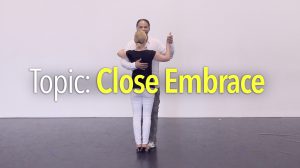
Close Embrace
This series of videos and articles covers ‘Close Embrace‘ ideas and vocabulary that goes with it. Plus a whole lot more.

This series of videos and articles covers ‘Close Embrace‘ ideas and vocabulary that goes with it. Plus a whole lot more.

What is DIASS: EVE ? In short, this is a series of 8 pieces of tango vocabulary that tangotopics has identified to be used as accent or “spice” in addition to
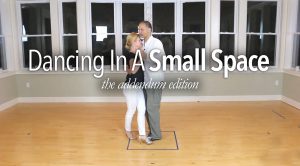
First, in it’s simplest form, it’s all about the vocabulary and engaging Five pieces of Tango vocabulary. The Five Pieces ? 1.) The 5 of the 6 Ways of <a
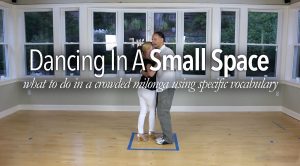
What is a ‘Dancing In A Small Space’ ? There are two parts to the answer to this question: First, in it’s simplest form, it’s all about the vocabulary and engaging
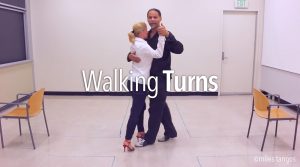
What is a Walking Turn ? In it’s simplest form, it is exactly what it sounds like, a turn where the <a class="glossaryLink cmtt_Definition" aria-describedby="tt" data-cmtooltip="cmtt_da820cbbf4ffb536e5940bfa74ffc99e" href="https://tangotopics.com/topics-dictionary/lead/" data-mobile-support="0" data-gt-translate-attributes='[{"attribute":"data-cmtooltip", "format":"html"}]' tabindex="0"

What is the Milonguero Turn Trick ? First and foremost, the Trick itself isn’t a ‘trick’, it’s more of a reliance on Follower Default behaviors. Secondly, the ‘Trick’ only solves
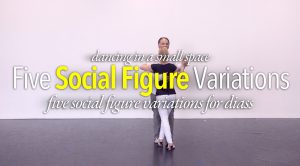
What is “Dancing In A Small Space” (or ‘DIASS’ as Tango Topics refers to this idea) ! There are two parts to the answer to this question: First, in it’s simplest form,

So how do you get to the effortlessness of the dancers above ? Below are 8 tips towards that goal. It is not the only pathway, and this by no means is an exhaustive list of what has to happen, but it is a good starting point. When reading through
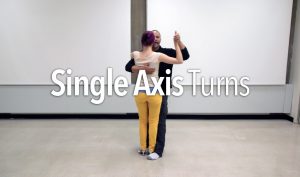
The Single Axis Turn is tango specific language to describe a type of turn where the shared axis (that’s the ‘single’

You see so many different ideas of dancing tango that it sometimes very hard to differentiate desirable from the undesirable. That unless you teach you’re not going to see these issues and need to be reminded of them, frequently so that you stop co-creating these less than desirable issues. ‘<a
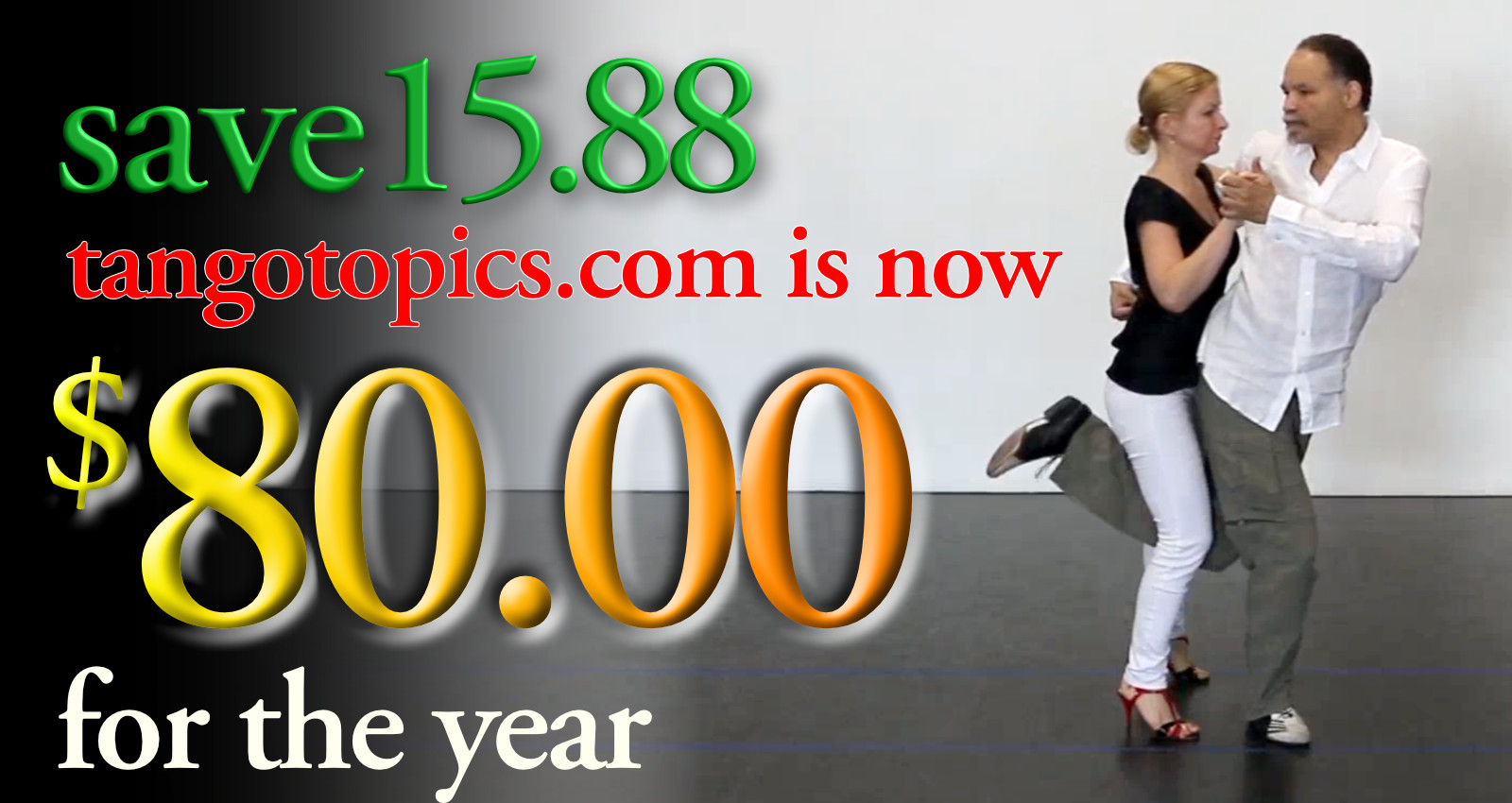
tangotopics.com is now just 80 dollars for the year. if you sign up and subscribe today, you’ll get all the benefits of tango topics for 15.88 off a premium yearly subscription. click the button below, and your discount will already be applied! If not, enter “TOPICS2025” in the “Have a Coupon” section.
sale lasts until october 20th.